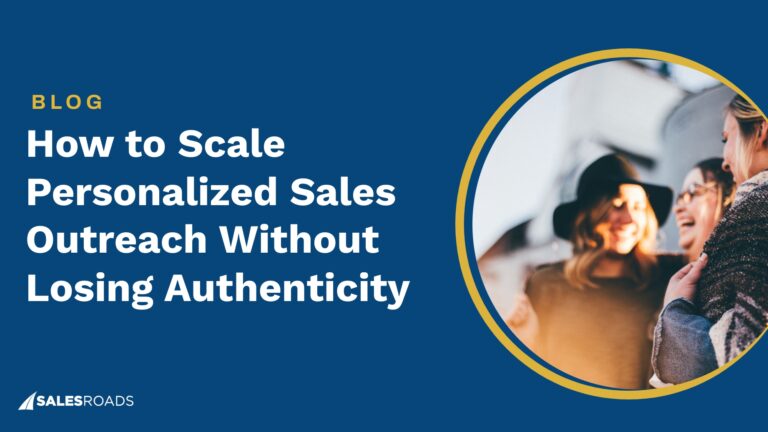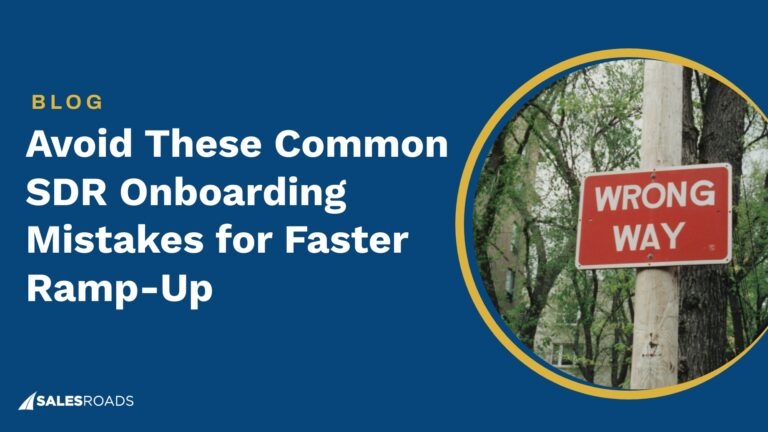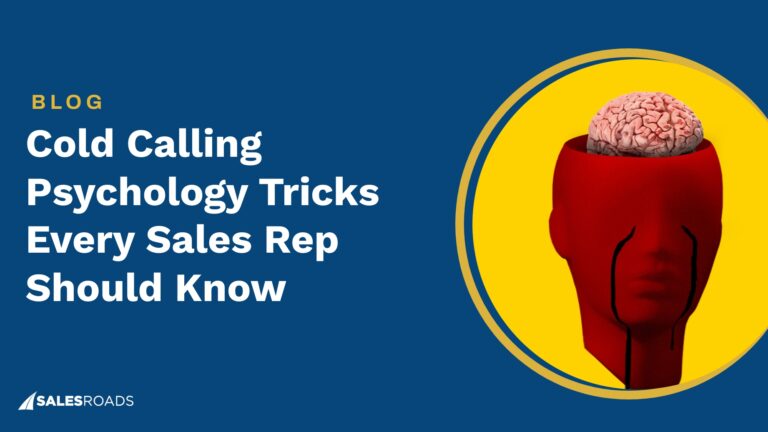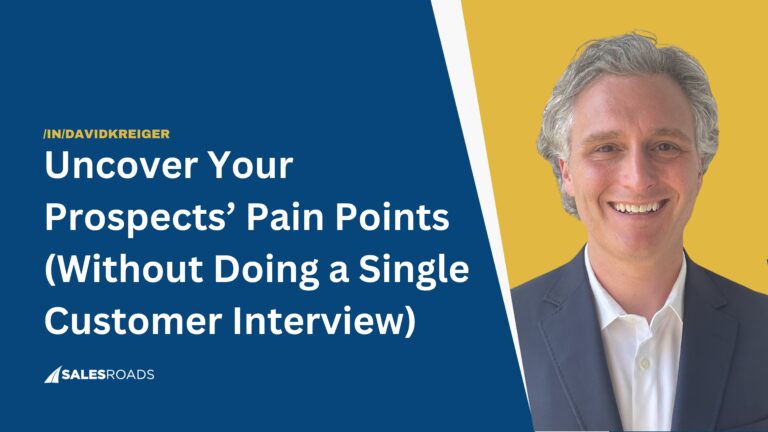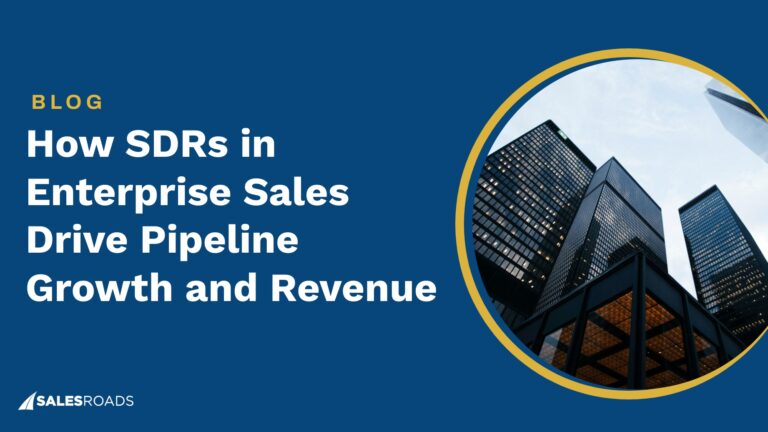Lead generation is crucial for business growth and vital for sales-focused organizations. It involves identifying and nurturing potential customers.
Surprisingly, 68% of businesses struggle with this, leading to significant losses in sales and growth, and causing widespread frustration. Effective lead generation strategies are now more important than ever, linking marketing and sales efforts directly to revenue outcomes.
Which B2B Lead Generation Strategies to Adapt: Inbound or Outbound?
Inbound lead generation attracts prospects through valuable content and SEO, nurturing relationships over time, while outbound lead generation actively seeks potential customers through direct methods like cold calling for quicker results.
Lead generation efforts vary depending on the nature of your company. Many businesses opt for inbound lead gen strategies because it’s cost-effective compared to outbound; yet, relying solely on them can limit your reach.
Outbound lead generation excels when:
- You target a very specific or niche audience.
The smaller pool of potential leads means it takes time and effort to attract them organically through content. Outbound strategies, meanwhile, allow you to reach and engage niche audiences directly with personalized and targeted solutions.
- Market awareness of your brand or product is low.
Inbound efforts thrive on attracting potential customers who already know your brand. With low market awareness though, your target audience likely won’t be searching for you organically, which makes it harder to capture leads through content or website visits.
- You need quick market penetration or rapid sales growth.
Although valuable in the long term, inbound lead gen typically takes time to build momentum. That means it might not be ideal for achieving rapid market penetration or quick sales growth.
- Your target market isn’t overly saturated with cold outreach.
When your target market isn’t already flooded with cold outreach, outbound strategies stand out. This allows for a more proactive and targeted approach that can potentially yield better results.
- Your product requires a high level of customization before a sale.
Prospects looking for customized solutions may not find the answers they need in generic online content. This gap can result in missed opportunities, making direct, personalized, outbound interactions a more suitable approach.
- Your business relies on building personal relationships with clients.
Fostering trust takes longer with inbound strategies, as they often lack a human experience. If your business prioritizes personal connections, outbound strategies are a better fit.
- Your product is highly valuable and complex and offers a unique solution to a complex problem.
Potential customers likely won’t know they need your specific solution, which makes it hard to pull them in through search or content. A complex, high-value product often requires education and an involved sales cycle, which direct outreach can better facilitate.
5 Effective B2B Lead Generation Strategies
Here are the most profitable B2B lead generation strategies to consider:
Personalized Cold Outreach
Cold outreach remains one of the most powerful tools in lead generation. It involves direct communication with potential clients through cold calling and emailing, tailored to their specific needs and interests.
This strategy requires a deep understanding of your target audience, enabling sales teams to craft messages that resonate personally. Cold calling, when done by experienced reps, opens the door for immediate sales results. Meanwhile, cold emailing allows for thoughtful, well-crafted messages that can pique the interest of prospects.
Key to success is the personalization aspect – using the prospect’s name, acknowledging their company’s specific challenges, and suggesting tailored solutions. This approach not only garners attention but also builds the foundation for a lasting business relationship.
Effective cold outreach combines research, relevance, and timing to break through the noise and connect with potential leads. It’s not just about reaching out; it’s about reaching out with a message that matters.
Social Selling on LinkedIn
The modern buyer’s journey often includes thorough online research and pre-sales interactions on social media. Salespeople need to be seen not just as sellers, but as credible resources, which is where social selling comes into play.
LinkedIn, with its extensive network covering various industries and professional levels, presents immense opportunities for B2B sales reps to enhance lead generation through social selling. Users on LinkedIn actively seek knowledge and engagement, making it an ideal platform for salespeople to identify and nurture leads.
Effective LinkedIn prospecting involves setting clear goals, utilizing Sales Navigator to create a targeted list, and engaging with prospects through content sharing and interaction. However, it’s crucial to use LinkedIn as a platform for professional networking, not just aggressive sales.
Immediate sales pitches can deter potential connections. Instead, focus on offering value and engaging in meaningful conversations, recommending your product or service only when it fits their needs.
Strategic Referral Partnerships
Strategic referral partnerships harness the power of networking to generate high-quality leads. This strategy involves forming alliances with other businesses or individuals who refer their clients or contacts to your services.
A successful referral partnership is built on trust and mutual benefit. It starts by identifying partners who share a similar client base but don’t directly compete with your services. The key is to provide clear value to your partners’ clients, making the referral a win-win for all parties involved.
To foster these partnerships, it’s essential to maintain consistent communication, provide easy-to-use referral tools, and possibly offer incentives. These partnerships not only broaden your reach but also lend credibility to your business, as referrals come with a pre-established level of trust.
Leveraging Quality Content
Quality content is the cornerstone of inbound lead generation strategies. It involves creating and sharing valuable, relevant, and consistent content to attract and engage a clearly defined audience.
This strategy goes beyond mere promotion; it’s about establishing your brand as a thought leader in your industry. By providing insightful articles, informative blogs, detailed whitepapers, or engaging videos, you can address the needs and questions of your target audience.
The effectiveness of content marketing lies in its ability to build trust with potential clients. As they consume your content, they become familiar with your expertise and solutions. This familiarity can be leveraged to guide them through the sales funnel, from awareness to consideration, and ultimately to the decision stage.
To maximize the impact of content marketing, it’s crucial to understand the interests and challenges of your audience, produce high-quality content consistently, and use various channels to distribute it effectively.
Outsourcing When Needed
Outsourcing lead generation appeals for its potential to enhance sales processes efficiently without in-house burdens. However, businesses often hesitate to delegate this crucial function externally.
This reluctance stems from misconceptions such as limited understanding, unrealistic expectations with insufficient investment, and an excessive focus on lead quantity over quality.
Zippia reports that 66% of U.S. companies choose to outsource lead generation. This is driven by the process’s inherent challenges and the growth opportunities outsourcing offers.
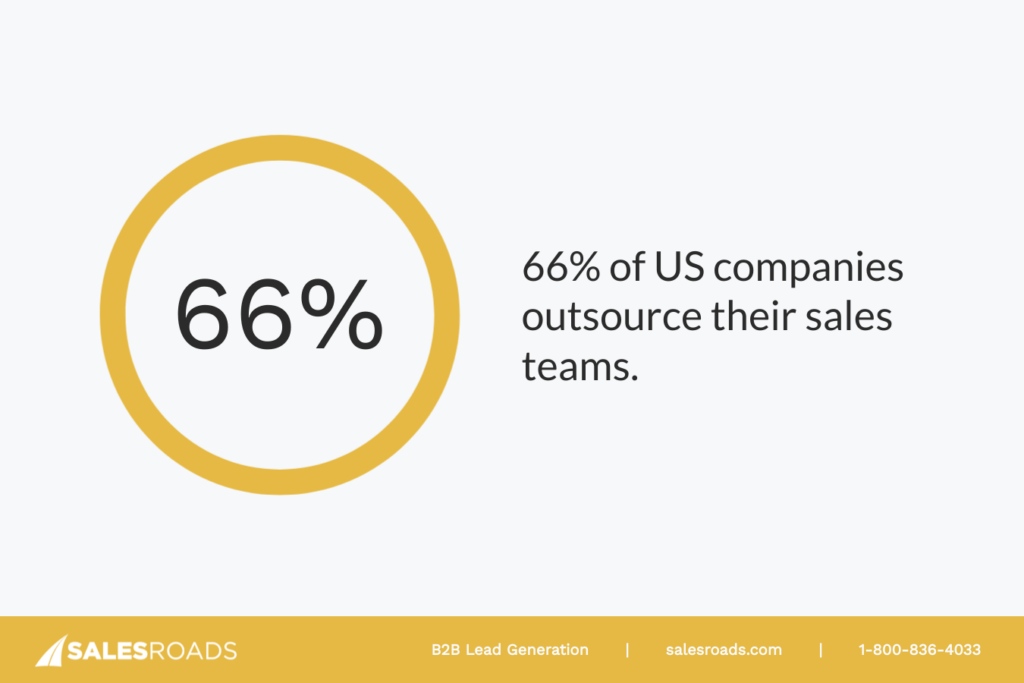
Key factors prompting this decision include overwhelmed account executives, ventures into new markets, lack of internal SDR expertise, budget limitations, and the need for rapid expansion.
How outsourcing navigates these drivers:
- Outsourcing lead generation eases the burden on Account Executives (AEs), shifting their focus from prospecting to closing deals. This shift enhances productivity, enriches customer interactions, fosters a positive work environment, and strengthens the sales pipeline.
- In new markets, outsourcing immediately connects you with expert knowledge and proven lead generation strategies. This approach not only saves time and reduces costs but also minimizes risks, leveraging a well-oiled sales infrastructure.
- The right outsourcing partner bridges skill gaps with essential training and managerial support for your reps. They provide the necessary tools and expertise, reducing high turnover and its impact on your sales initiatives.
- Outsourcing negates common lead generation mistakes and their costs, granting immediate access to an experienced team. This team delivers faster ROI by efficiently implementing their proven methodologies and expertise from day one.
Bottom Line
Mastering lead generation is challenging, yet manageable with the right blend of inbound and outbound strategies. Recognize the specific methods your business requires and integrate them effectively into your pipeline.
If implementing outbound strategies seems daunting, consider partnering with a specialist who can contribute to your revenue generation efforts immediately. The key lies in strategically combining different approaches to optimize your lead generation and drive business success from the outset.






